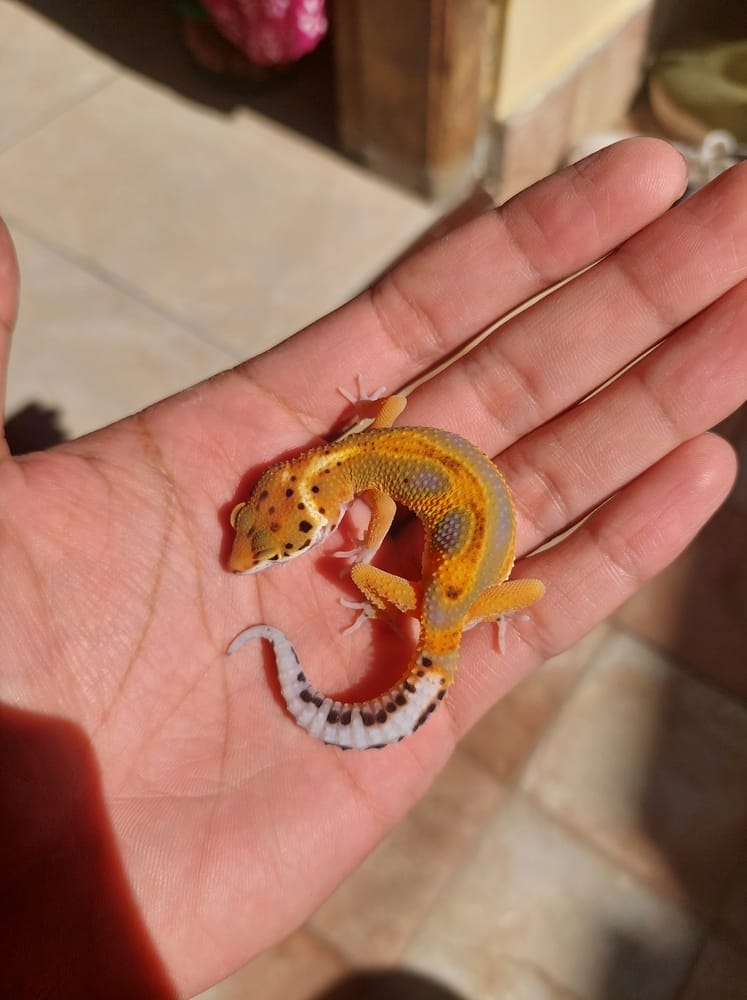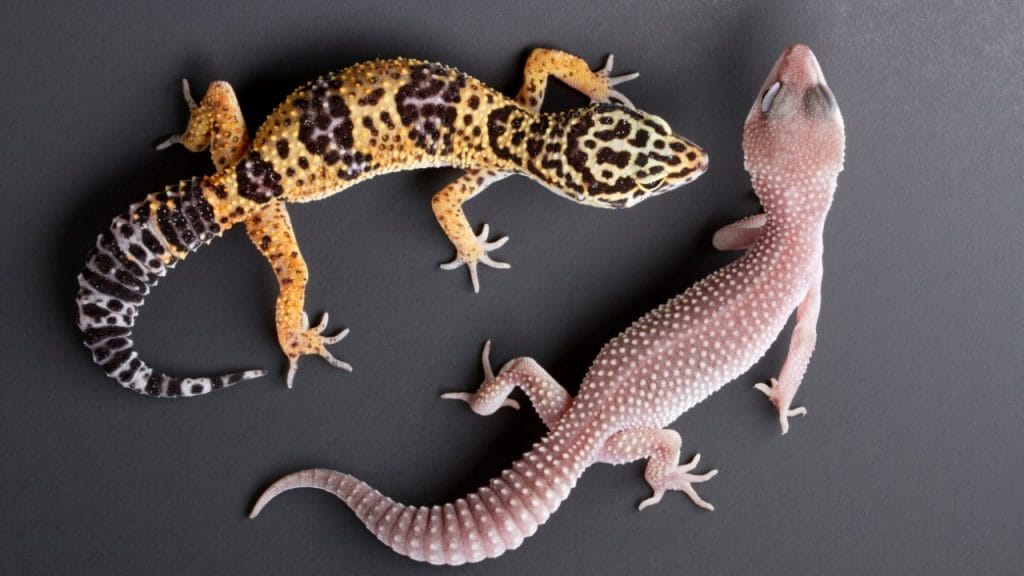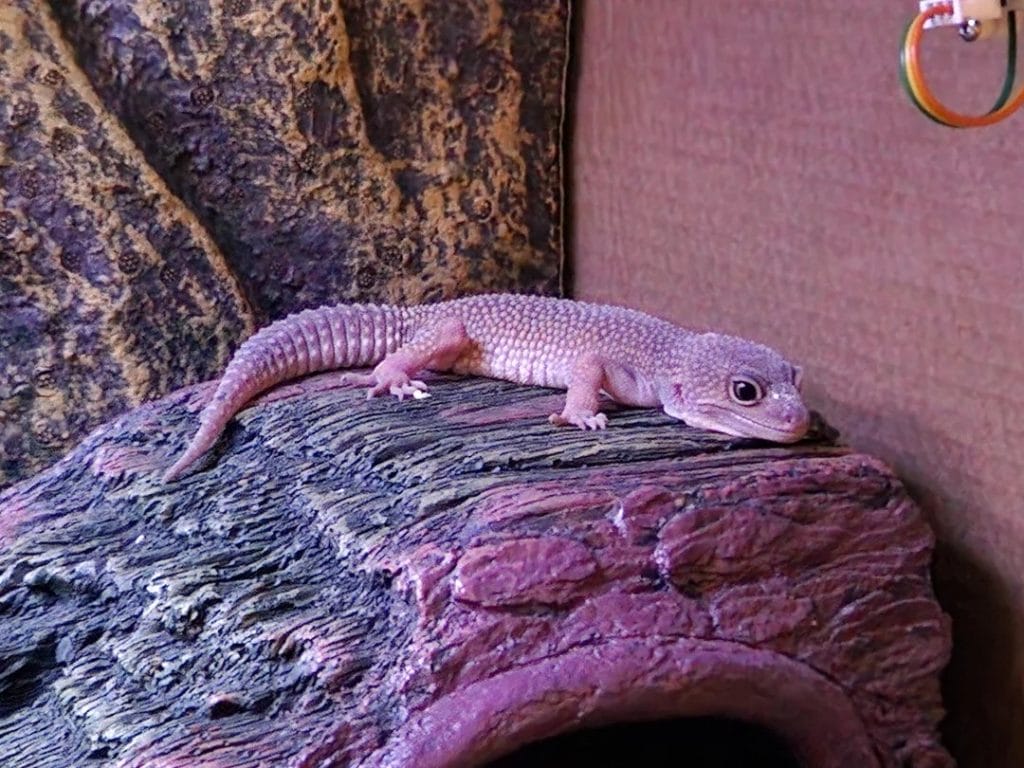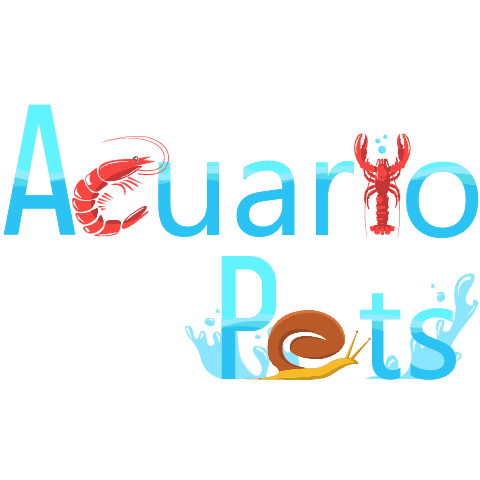This post was created with help from AI tools and carefully reviewed by a human (Muntaseer Rahman) . For more on how we use AI on this site, check out our Editorial Policy.
Check Out These FREE Tools We Made JUST For You!
Why Isn’t My Leopard Gecko Shedding?

If you’ve been staring at your leopard gecko wondering why it still looks the same week after week, you’re not alone. I’ve been there. It’s easy to panic and think something’s wrong when you don’t see any signs of shedding.
But here’s the thing — sometimes they shed at night, sometimes they eat the skin, and sometimes… yeah, they’re just being difficult.
Still, if it’s been a while or your gecko looks dry, patchy, or just off, there might be something getting in the way of a healthy shed. Let’s figure it out together — and more importantly, fix it.

How Often Do Leopard Geckos Shed?
It depends on how old your gecko is.
If it’s a baby, it’ll shed like crazy — sometimes every 1 to 2 weeks. They grow fast, and new skin can’t keep up. So don’t be surprised if you blink and the little guy already looks different.
Juveniles slow down a bit. Expect shedding every 2 to 4 weeks.
Adults? They’re chill. Once every 4 to 8 weeks is normal. Some might go even longer if they’re not growing much or if the season changes.
Also — don’t trust your eyes too much. Many geckos shed at night and eat the skin right away. So just because you didn’t catch them in the act doesn’t mean it didn’t happen.
If your gecko looks normal, acts normal, and eats well, there’s a good chance it’s shedding when you’re not looking.

Signs Your Gecko Is Struggling to Shed
Sometimes it’s not about if they shed, but how well they did it.
Here’s what to look for:
Dry, flaky patches
Look for leftover skin stuck on the tail, toes, or around the eyes. If anything looks crusty or layered, that’s probably shed that didn’t come off.
Tight, white rings on toes
This is serious. These rings can cut off blood flow. If you ignore it, the toe could die and fall off.
Dull or grayish skin that lingers
Shedding should be fast. If your gecko looks halfway done for more than a day or two, it’s likely stuck.
Not eating or acting off
Stuck shed can make them moody. If your gecko is skipping meals or hiding more than usual, don’t ignore it.

Why Your Leopard Gecko Might Not Be Shedding
Low humidity
If the air in the tank is too dry, the skin sticks. Leopard geckos need about 30–40% humidity to shed properly. Too low? The shed won’t come off right.
No moist hide
A moist hide isn’t optional — it’s a must. Without one, your gecko has nowhere to soften its skin before shedding. Use damp sphagnum moss or paper towels inside a small hide box.
Poor diet
If your gecko isn’t getting enough vitamins A and D3, its skin won’t grow or shed well. Gut-load the bugs and dust them properly. Junk diet = junk shed.
Stress or injury
Anything that stresses them out — loud noises, tank mates, sudden changes — can throw off their shedding. Injuries take energy to heal, and that can delay the process too.
Illness or parasites
Sick geckos don’t shed right. Parasites mess with their appetite and drain energy. If your gecko looks weak, thin, or sluggish, it’s time for a vet visit.
Ovulation (for females)
If you have a female, she might be ovulating. That takes a lot of energy, and shedding can slow down or pause during that time.
You’re just missing it
Yep, it happens. Leopard geckos often shed at night and eat the skin. If you don’t see flakes lying around, that doesn’t always mean something’s wrong.

How To Help Your Gecko Shed Properly
Add a proper moist hide
This is your first move. Take a small container, cut a door, and stuff it with damp sphagnum moss or wet paper towels. Keep it in the warm side of the tank. Check the moisture every day.
Fix the humidity
Keep humidity around 30–40%. Use a digital hygrometer — the cheap dial ones suck. If it’s too low, add a water bowl near the heat source or mist the moist hide only (not the whole tank).
Improve the diet
Dust feeders with calcium + D3 2–3 times a week, and a multivitamin once a week. Gut-load the bugs with fresh veggies. Don’t just feed mealworms from a box and call it a day.
Check the toes and tail tips
Every shed, give them a quick check — especially toes. If you see stuck skin, soak just the gecko’s feet in lukewarm water for 10–15 minutes. Gently rub with a Q-tip only if needed.
Don’t keep them together
If you’ve got two geckos in the same tank — don’t. Even if they seem chill, that constant presence adds stress and can mess with shedding. Leopard geckos aren’t social animals.
Keep the tank clean and calm
Dirty tanks = stress. Loud sounds or constant handling = more stress. Give your gecko peace, a solid routine, and a clean home. Shedding will get easier.

When To See a Vet
Stuck shed won’t come off
You tried soaking, fixed the humidity, gave it time — but that shed still won’t budge? Especially around the eyes or toes? Get a vet to handle it before it causes damage.
Signs of infection
Look out for swelling, redness, or raw skin where the shed got stuck. That’s not normal, and it won’t heal on its own.
Not eating for days
If your gecko hasn’t touched food in a week and looks weak or thinner, don’t wait. Something bigger might be going on.
Repeated shedding issues
If this keeps happening even after you fixed everything — moist hide, humidity, diet — your gecko might have parasites or other health issues that need proper treatment.
About Author
Hello, I’m Muntaseer Rahman, the owner of AcuarioPets.com. I’m passionate about aquarium pets like shrimps, snails, crabs, and crayfish. I’ve created this website to share my expertise and help you provide better care for these amazing pets.
Disclaimer
This site is owned and operated by Muntaseer Rahman. AcuarioPets.com is a participant in the Amazon Services LLC Associates Program, an affiliate advertising program designed to provide a means for sites to earn advertising fees by advertising and linking to Amazon.com. This site also participates in other affiliate programs and is compensated for referring traffic and business to these companies.

